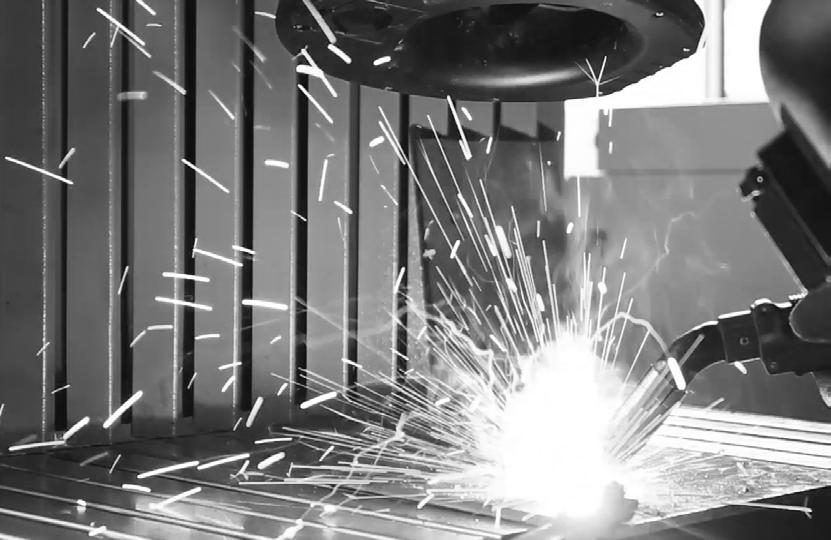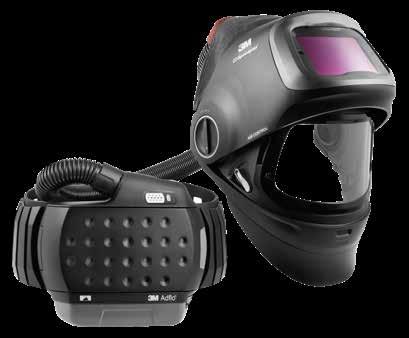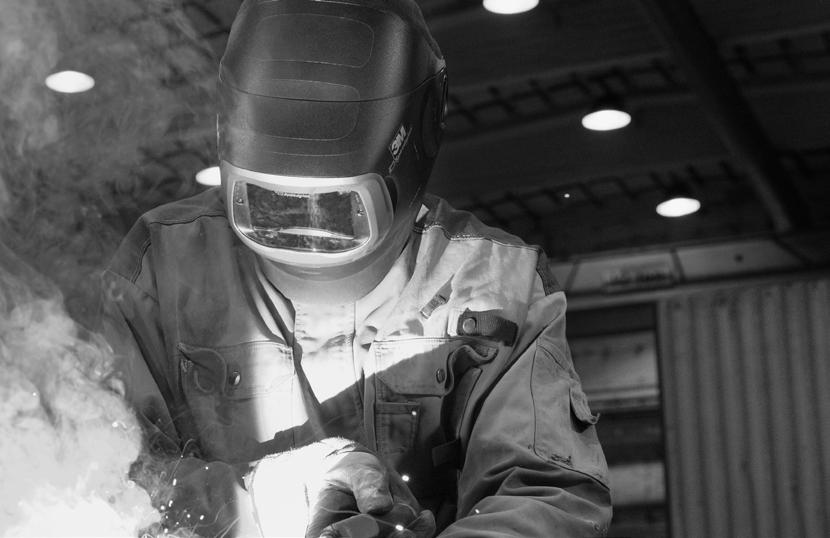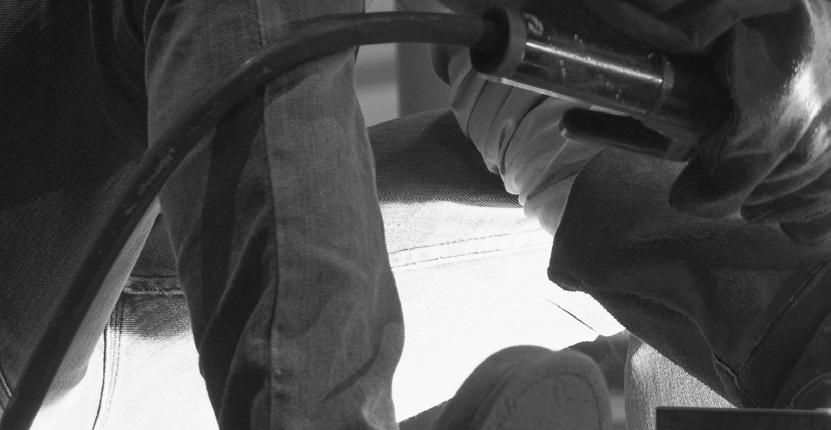
1 minute read
PRACTICAL GUIDANCE
Pulling it all together
Based on the conclusions of the 2022 welding fume product control study7, the following product control guidance is offered to reduce welding fume exposure to as low as reasonably practicable when welding using the most common materials (aluminium, steel, stainless steel, galvanised steel etc.) in environments with good ventilation.
Advertisement
This guidance assumes that all efforts to mitigate risk associated with welding fume through elimination, substitution, and isolation controls have been carried out.
Protecting only the welder from welding fume^:
Introduce Welding Helmets with integrated Powered Air Purifying Respirators (PAPR).
Ensure staff are trained in the proper use and maintenance of the PAPR. Many suppliers offer in-person and online training programs for free.
Remove surface coatings and look to mitigate risk by using a welding technique that produces less fume or introduce less hazardous materials where possible. Welders should position themselves to ensure they keep their heads away from the plume where possible and take advantage of any ventilation available.
^Please be aware that it is an employer’s legal responsibility to reduce welding fume exposure to as low as reasonably practicable for all persons, not just the welder. This guidance is only applicable to situations where there are no other people sharing the environment with the welder/s.
Protecting the welder and surrounding workers from welding fume:
Introduce a dedicated area for welding away from other workers and restrict access to this area where possible.







